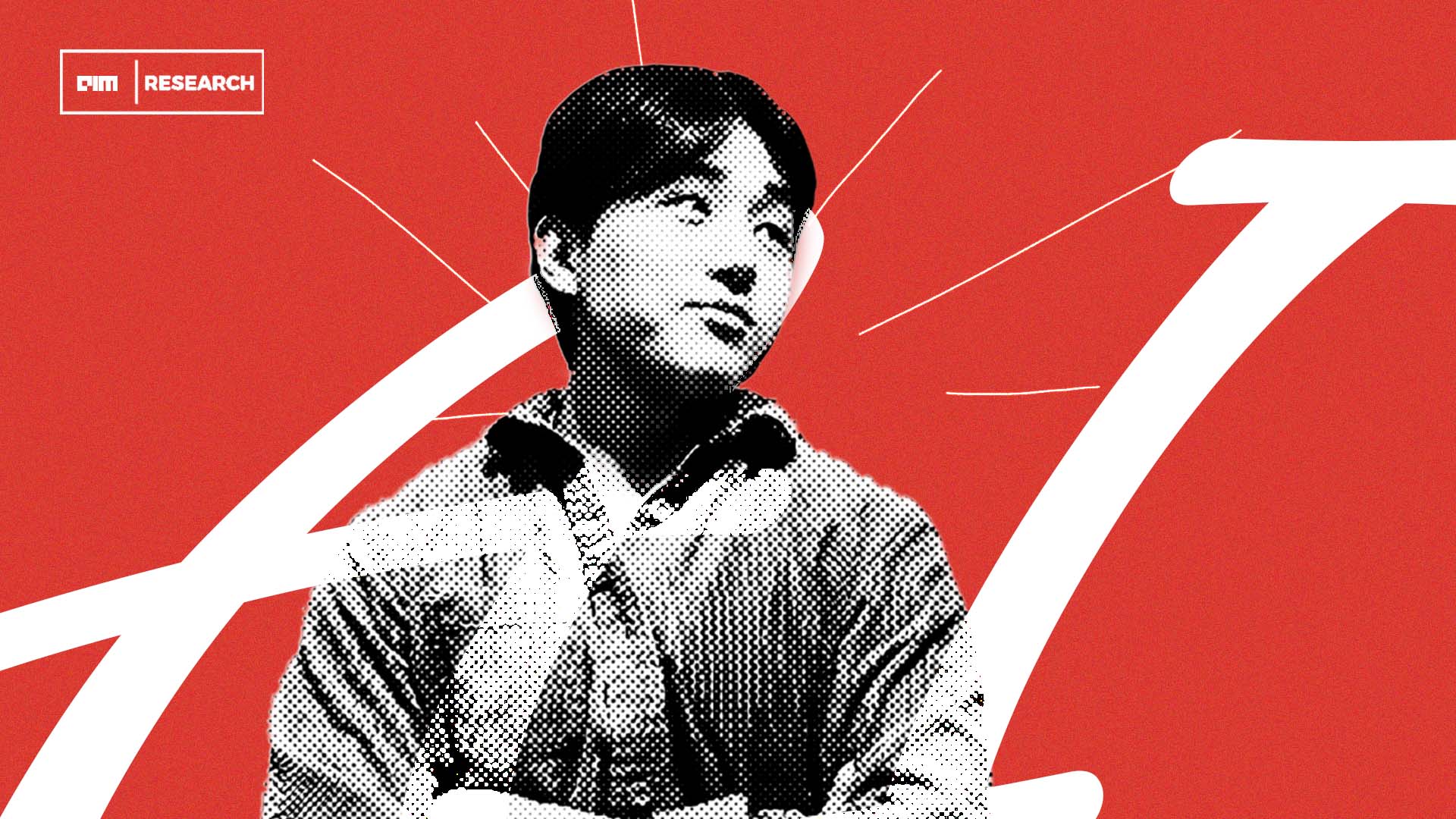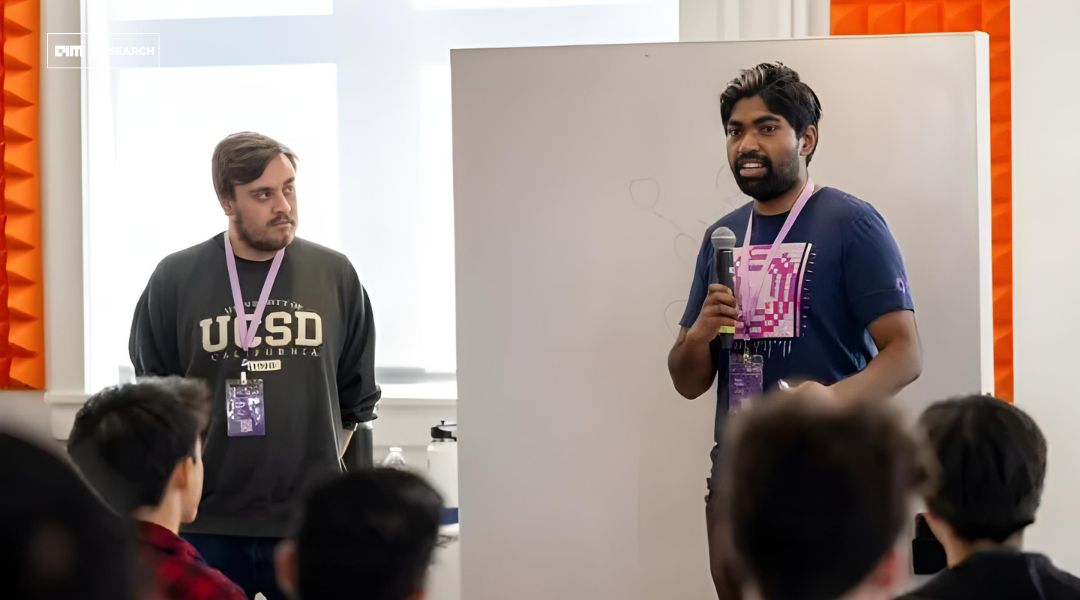

A decade ago, Cyril Gorlla was a teenager watching Google I/O, captivated by the early promises of artificial intelligence. With only an aging laptop at his disposal and a household that sometimes faced utility disconnections, he began experimenting with rudimentary machine-learning models. Fast forward to today, and he is the co-founder and CEO of CTGT, a startup tackling one of AI’s most pressing issues: the immense computational cost of training and deploying large-scale models.
CTGT, which Gorlla started with his former classmate Trevor Tuttle, has secured $7.2 million in a funding round led by Gradient Ventures, Google’s AI-focused investment arm. The round also saw participation from General Catalyst, Y Combinator, and Liquid 2 Ventures, along with notable angel investors such as Paul Graham (Y Combinator), Mike Knoop (Zapier), François Chollet (creator of Keras), and Taner Halıcıoğlu, one of Facebook’s first employees.
AI models have rapidly advanced in capabilities, but the fundamental inefficiencies of deep learning remain. Training large models today costs tens of millions of dollars, making it inaccessible for many businesses. Companies like Amazon are spending billions to build AI data centers just to keep up with the growing demand for compute. While models such as DeepSeek R1 have introduced optimizations, they are still constrained by traditional deep learning approaches.
CTGT is taking a different approach. Instead of relying on brute-force scaling, the company has built a new AI stack that customizes, trains, and deploys models up to 500 times faster while using significantly less computational power. The core innovation lies in replacing deep neural networks and backpropagation—methods that have defined AI training for years but remain computationally expensive and biologically unrealistic.
“We’re reaching the limits of AI compute,” said Gorlla. “By understanding how AI actually learns, we can approach model training in fundamentally new ways.”
The company’s technology enables enterprises to take off-the-shelf foundation models and imbue them with their own brand voice, domain expertise, and safety constraints, all while reducing the need for extensive computing resources. Through a process called feature learning, the system can recognize patterns and structures in raw data without requiring traditional deep learning techniques.
As large AI models become more sophisticated, businesses are facing new challenges. Many enterprises have access to these powerful models but hesitate to deploy them due to risks such as hallucinated responses and bias. A healthcare provider, for instance, cannot afford a chatbot giving incorrect medical advice, while a tech company wouldn’t want an AI assistant to inadvertently recommend a competitor’s services.
CTGT provides a platform that not only customizes AI models but also actively monitors and audits them in real-time. This ensures that businesses can refine and retrain models without taking them offline for updates. The company claims its technology offers more reliable and tailored alternatives to generalized models, giving enterprises greater control over how AI systems behave in production environments.
Gradient Ventures partner Vig Sachidananda highlighted this need, saying, “As AI models take on increasingly complex tasks, enterprises need systems that improve safety, provide more accurate responses, and mitigate biases.”
CTGT is already testing its platform with three Fortune 10 companies, though their identities remain undisclosed. One of its first customers, Ebrada Financial Group, has been using the technology to improve the reliability of its frontline customer service chatbots, reducing the need for live support interventions.
Gorlla’s journey toward building CTGT began in academia. As an Endowed Chair’s Fellow at the University of California San Diego (UCSD), his work focused on the inefficiencies of deep learning. He was invited to present his findings at the International Conference on Learning Representations (ICLR), where he demonstrated a new training methodology that was significantly faster and more accurate than existing methods.
His collaboration with Intel led to machine-learning telemetry systems deployed across more than eight million CPUs. He was recognized as a UCSD “Shining Star” and received multiple accolades, including the Ivory Bridges Fellowship and the Nordson Leadership Scholarship.
Tuttle, CTGT’s co-founder and CTO, specializes in large-scale AI infrastructure and previously worked in the MLsys lab. His expertise in hyperscalable systems became the foundation for CTGT’s approach to efficient AI deployment.
The startup’s early success was underscored when it won the inaugural PyTorch Conference Startup Showcase Award—an acknowledgment from the very framework that dominates deep-learning research and deployment today.
CTGT’s philosophy challenges the status quo in AI development. “We ran on this assumption that the way AI has been going—the status quo—is pretty unintelligent, ironically, for artificial intelligence,” Gorlla said. “We’re basically just throwing more resources, money, and compute power at the problem, expecting that it’ll reach true intelligence or artificial general intelligence when we throw enough vanity at it.”
Instead, Gorlla and Tuttle took a principles-first approach, ensuring their work was theoretically grounded and deeply understood. Before scaling their team or aggressively deploying capital, they sought validation through conversations with investors like Mark Cuban and Mike Knoop, as well as industry leaders such as OpenAI’s Sam Altman and Airbnb’s Brian Chesky. “We wanted to make sure there was a real problem we were solving before we expanded,” Gorlla said. “Now that we’ve validated our hypothesis, we believe this is the right time to pursue it.”
📣 Want to advertise in AIM Research? Book here >
Cypher 2024
21-22 Nov 2024, Santa Clara Convention Center, CA
A Vendor Briefing is a research tool for our industry analysts, and an opportunity for a vendor to present its products, services and business strategies to analysts who cover the vendor specifically or a related technology or market.
AIM Research encourages technology vendors and agencies to brief our team for PeMa Quadrants, when introducing a new product, changing a business model, or forming a partnership, merger, or acquisition.


